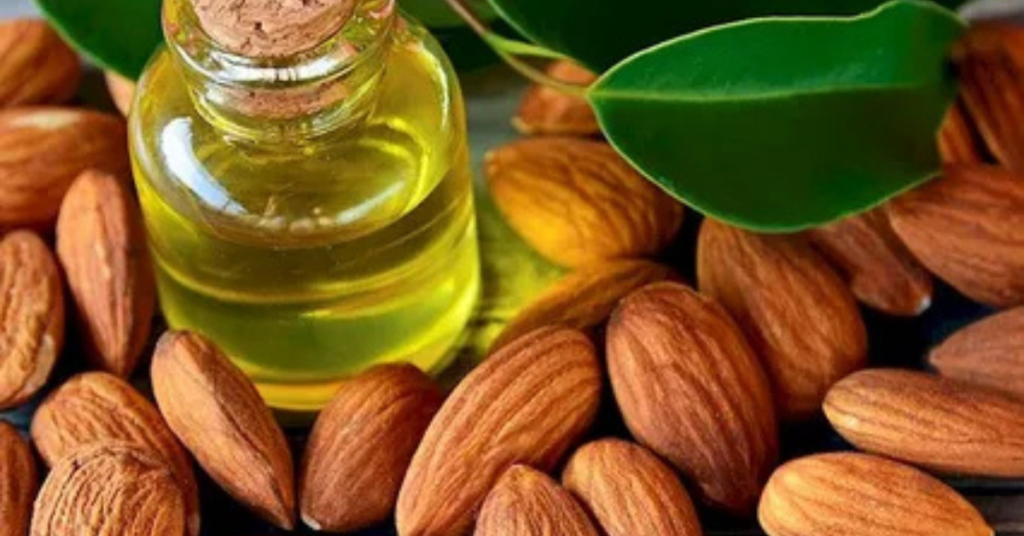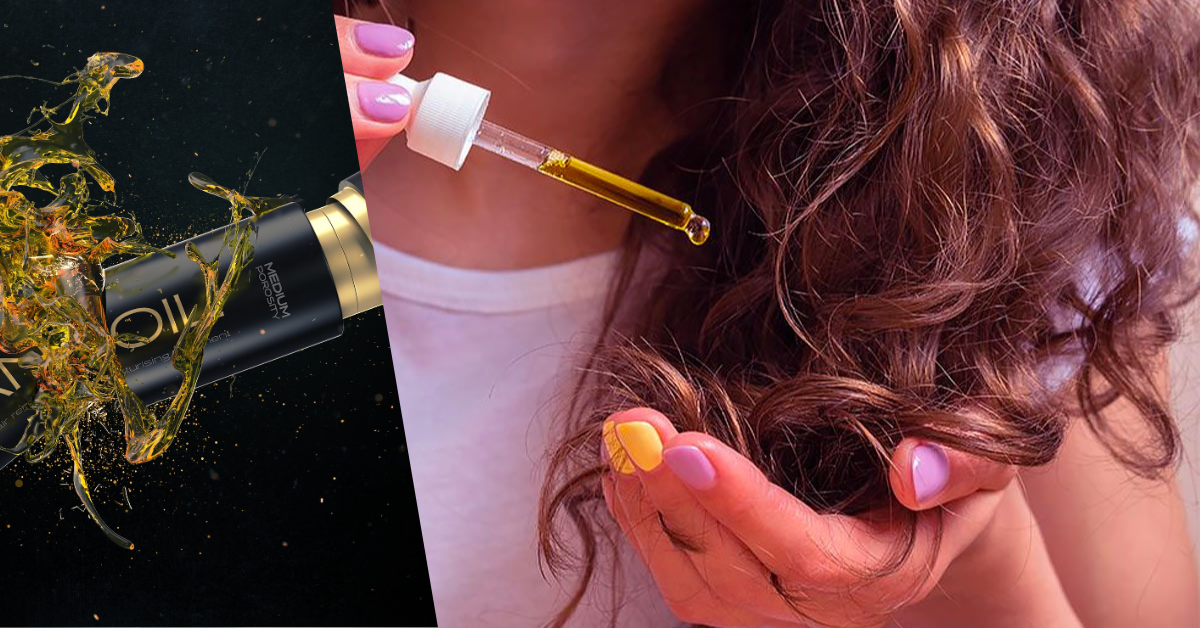Best Oils for Low Porosity Hair Care Tips
When you have low porosity hair, then you understand how real that struggle is. Products just rest on your strands rather than being absorbed and it appears that however much you will apply on your hair your hair still feels like it is dry. There the right low porosity hair oil can completely transform the scene. Weighting your hair with oils is the trick so you should select oils that would not only penetrate your tightly closed cuticles but should be the oils of the lightest kind. In this article, we are going to unravel what exactly low porosity hair requires, what kinds of oils really do work and how to make them effective. Prepare yourself and move onto an easier, lighter, healthier hair regimen, once and for all!
Understanding Low Porosity Hair and What It Needs
The cuticles of low porosity hair are tightly bonded together resulting in difficulty in moisture and products penetrating the hair. In the event that you have noticed beads of water on your head or the conditioner lying on it without absorbing, then you are a member of the club of people with low porosity. It has its share of drawbacks that are inherent to this hair type, but it is not bad indeed as it is rather strong and just requires additional care and a strategy.
Due to the structure of your cuticles, when you choose heavy oils and creamy products, chances are they will simply coat your strands rather than moisturize it. This is why the importance of the right hair oil to use with low porosity hair. You will require light oils which absorb fast and are not clogging to the hair shaft. Otherwise, you will get buildup, greasy roots and dry ends. That is not a vibe.
Why Choosing the Right Low Porosity Hair Oil Matters
It will not be enough to use any oil. People tend to use many famous oils that are too heavy such as coconut or castor oil that will just rest on the surface of low porosity strands. Instead of assisting they pile up and keep out even greater moisture. The result? Greasy and dry hair.
That is why there must be a particular type of low porosity hair oil, the one that does not suffocate. They are oils that really moisturize internally, seal in moisture and increase shine without the greasy fix. Just imagine them being a secret weapon of keeping your hair soft, easy to handle and by the way, it is actually healthy.
In case you have experimented with oils earlier, failed the experience, the chances are you were operating under the wrong category. Continue reading to see the oils that are ideal to your hair type.(Amazon)
Top 5 Lightweight Oils Perfect for Low Porosity Hair
The following are five of the best oils of low porosity hair that meet all the required criteria of being lightweight, fast-absorbent, deep conditioning agents:
- Argan Oil– Known as the liquid gold, the oil is abundant in vitamin E and fatty acids. It is not heavy to absorb but still it is not so dry as to leave the hair greasy or too frizzy.
- Jojoba Oil– This oil is very similar to the natural sebum derived by your scalp and hence, one of the most balanced hair oils in low porosity hair. It makes your hair hydrated without leaving it oily.
- Grapeseed Oil– Grape seed oil is on the side of antioxidants and incredibly light as a feather which makes it an excellent sealant of moisture and shield against heat and other environmental factors.
- Sweet Almond Oil– Light and easy to apply, this oil is loaded with vitamins A, B and E and it supplies one with the benefits of making the dry locks feel supple and promoting shine without the look of grease.
- Baobab Oil– Baobab oil is not as popular but is being used as a favorite oil by people with low porosity hair due to its light nature and its capacity to soften the driest hair.
Each of them is a brilliant choice in case you desire to feed your hair without covering it.

How to Apply Low Porosity Hair Oil for Best Results
It is one thing to know what to use, but how you use it does count. The application procedure means the make-or-break in low porosity hair. The following are some tips that can be used:
- Warm It Up: You can gently heat your oil before you place it on the skin to aid absorption by opening the cuticle layer.
- On Wet Hair: Wet hair and then apply low porosity hair oil before drying.
- Apply the LOC Method: It is Liquid-Oil- Cream method that has a miracle effect in many. Water or a leave-in first, oil second and seal with a cream.
- Less than more: add a few drops at a time and add more when necessary. Under porous hair is simple to overload.
This can make your hair to actually benefit, not just wear the oils you apply on them.(Visit website for more)
DIY Low Porosity Hair Oil Blends at Home
In case you are into personalization of your hair routine, mixing yourself a blend of low porosity hair oil is a playful and sustainable activity. Here is a simple recipe to conduct:
DIY Lightweight Oil Blend:
- 1 tbsp of jojoba oil
- 1 tbsp grapeseed oil
- 1 tsp argan oil
- Optional: essential oil of lavender or rosemary a couple of drops
Put it all in a little bottle and shake it all up. You can apply it to wet hair or before shampooing. It is natural, efficient and very good-smelling.
You also spare fillers or filler ingredients that are so common in consumer products when DYing.
Common Mistakes to Avoid with Low Porosity Hair Oil
There are habits that may ruin your efforts even when you have the best oils available. Don t do this:
- Applying Heavy Oils Such As Castor or Coconut Oil– they just lie on your strands, rather than entering into them.
- On Dry Hair– Low porosity hair oil should always be applied on hair that is either damp or steamed to aid in absorption.
- omitting Clarifying Washes Oils accumulate quickly -. Once a month treat your own hair to a gentle clarifying shampoo.
- Too Much Use– Your hair does not require a coating of it but a little amount.
- Failure to Test Oils First– Before using, either test DIY blends or essential oils on the skin first.
Avoiding such pitfalls, you will finally feel the actual change of results, i.e., having softer and shinier hair that has actually stayed hydrated.
Daily Hair Care Routine Using Low Porosity Hair Oil
And, that is how you can maintain your low porosity hair healthy and hydrated using the right oils:
Morning
- Spritzes or juice of aloe vera water
- Little jojoba or grapeseed oil to lock in the moisture
- Style, normally
Evening
- Untaken optional scalp massage with sweet almond oil
- Care of ends by braid or twist hair
Weekly
- Warm oil massage of a combination of the most beneficial oils to low porosity hair
- Clean using sulfate free shampoo
- Use leave-in and seal with oil once more
Your hair will be grateful for consistency and the correct products.
Conclusion
Low porosity hair does not require a complicated, tedious caring- the right approach followed by the correct oil will help you start taking care of your hair in a new way. Once you know how your hair takes in moisture (or resists it), you can program it to provide it with whatever is required through your routine. Oils are also lighter in weight and high in nutrients such as jojoba, argan, grapeseed, and sweet almond which are game-changers to this type of hair. The proper use of low porosity hair oil can make your hair absorb water, avoid frizz, and look sleek without the oily and greasy appearance. You might want to create your own blend at home, or you could simply add a single, simple oil into your regime, but any swap can have major repercussions. No more dry ends and wasted products; only healthy and hydrated hair that is now behaved.
Key Takeaways:
- In cases of low porosity in hair, light oils like argan, jojoba and grapeseed should be used in moisturizing it.
- The oils can be thick and could cause clogging of the hydration process resulting in hair being greasy instead of being moisturized.
- When the hair is wet or steamed, it is advisable to put oil to trap moisture effectively in the inner layer by penetrating the cuticle.
- DIY blends are very good because you get to make them yourself, add or remove as per your requirements.
- The major tip is to use a little bit consistently then leave the clarification of your scalp without forgetting after every month in order to prevent buildup.
To put it shortly, with the right low porosity hair oil picked and applied, your game in hair care can change fully. Work with the grain, not against it and you will begin to see the results that do last and you will feel that your hair is being given a chance to be nourished as it deserves.
FAQs
1. What’s the best low porosity hair oil for beginners?
A good place to get away with is Jojoba oil. It is weightless, non-schmectical and replicates the natural oils on your scalp well – the ideal product if you are new to the oil scene.
2. Can I use coconut oil on low porosity hair?
It is not advisable. Low porosity hair can not handle the weight of coconut oil and coconut oil does not penetrate into the hair. Therefore, they lay on top of the hair and build up and dry out with time.
3. How often should I apply hair oil to low porosity hair?
It is normally sufficient to eat 2-3 times a week. Excess oiling might cause the product to accumulate, and thus one should apply in half and modify depending on the way the hair feels.
4. Can I mix oils together for better results?
Absolutely! Combining lighter oils, such as argan, grapeseed and sweet almond can provide a moisturising blend which your hair will adore.
5. What’s the best time to apply low porosity hair oil?
Immediately after washing my still wet hair. This will trap the moisture and will increase the absorption.







Post Comment